
Fine Homebuilding Project Guides
Tiling
Trusted, comprehensive guidance from the pros for a great-looking tile job in any room of the house
Choose a Chapter
Search Guide-
Selecting Tile
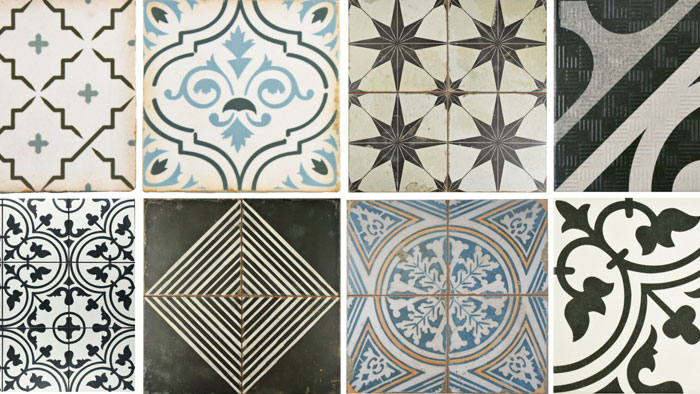
There was a time when 6-in.-square ceramic tile was just about the only tile you could get for home installation. How times have changed. Today, tiles are available in an almost limitless variety of materials, colors, shapes, textures, designs, and decorative motifs, and it's easy to feel overwhelmed when selecting tile. Porcelain or glass? Natural stone or terra cotta? Metal or textured? Large format or mosaic? Whether you're tiling a kitchen or bathroom floor, a backsplash, or a shower, this opening chapter will help you choose the right tile for your project and set you on the way to a professional-looking tile job.
-
Tools & Techniques
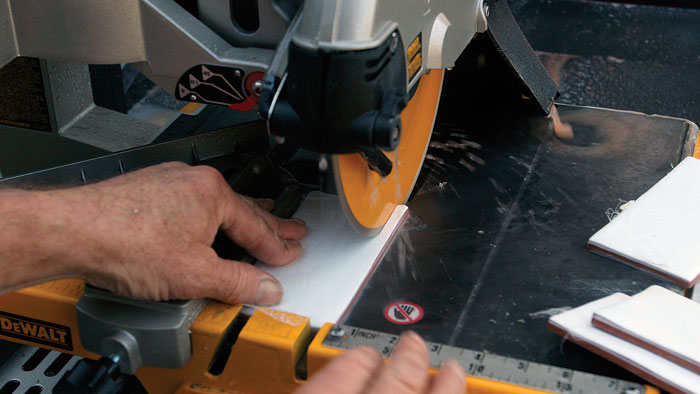
You probably already have some of the basic tools you'll need for your tile project (tape measure, square, level, safety gear, and perhaps some demo tools), but here we'll focus on those tools that are specific to tilesetting. And we'll show you how to use them. On any tile job, you'll likely have to cut some tiles, and there are a number of ways to do that. For straight cuts, a manual score-and-snap cutting board will get it done, but a powered wet saw is quicker...and essential for curved cuts. You'll also need a pair of tile nippers for trimming cuts. We'll round out the chapter with some advice on choosing trowels and other miscellaneous installation tools.
-
Installation Materials
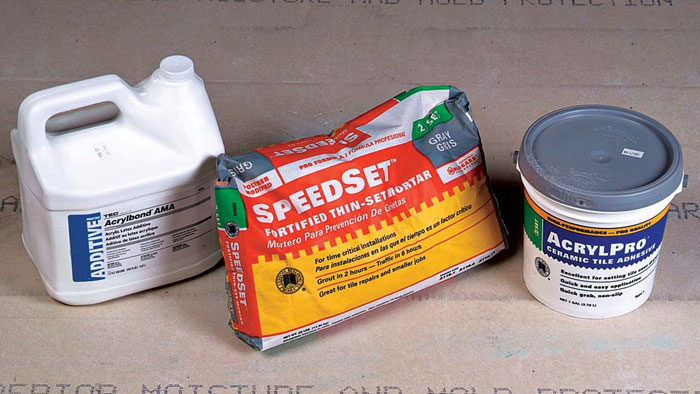
There are a lot more tile installation materials available today than there were not so long ago, and it can be confusing to know what to choose. They include backerboard and other substrates to support the tile, antifracture membranes to prevent cracks, thinset to adhere the tile to the substrate, grout and caulk to fill the spaces between tiles and adjacent materials, and sealers to protect the finished tilework. In this chapter, we'll let the tile pros help you sort through the choices, with field-tested recommendations for every type of installation material.
-
Preparation
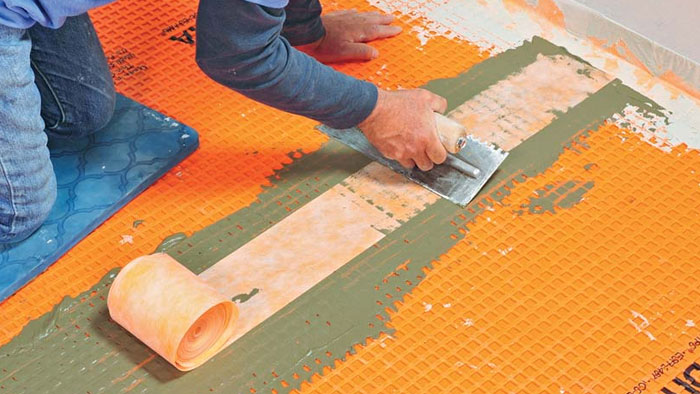
As with so many projects around the home and elsewhere, a good prep job is an essential part of a good tile job. You're probably keen to get going on your project, but there are still a few tasks before you can start laying tile. Old surfaces may need to be removed; subfloors likely need leveling; floors may require antifracture membranes and/or waterproofing; and walls and floors may need a layer of backerboard substrate. You'll find all the relevant information here, and remember, proper surface preparation will not only make your tile installation easier but also ensure that the finished job will be sturdy and long-lasting.
-
Tiling Floors
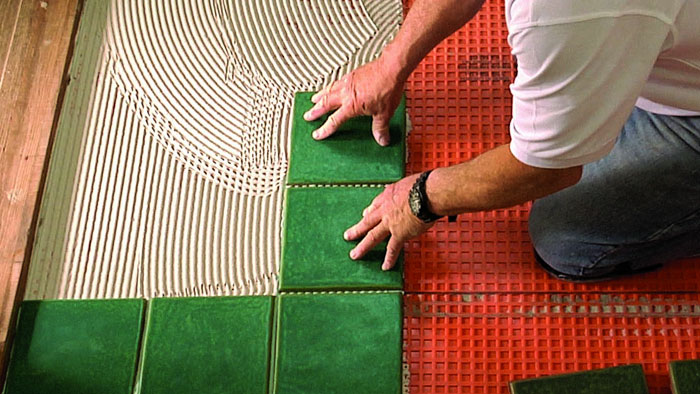
You've done all the preparation work, so now comes the fun part: setting the tile. Once you've worked out the layout, putting down a tile floor is fairly straightforward, and in this chapter we'll guide you through every step of the process. We'll start with a high-traffic entry area, and then move on to tiling a large living area, with tile installed on the diagonal. You'll also learn how to set specialty tiles, such as terra-cotta pavers, large-format tiles, and wood-look plank flooring. Follow the guidelines presented here, and you'll have a professional-looking floor you can be proud of.
-
Tiling Walls & Backsplashes
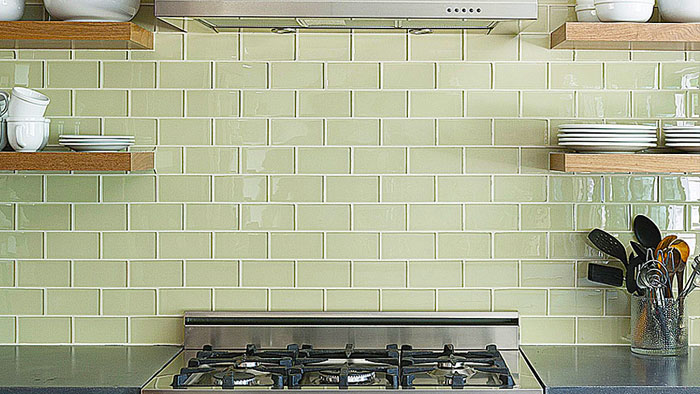
Tiling vertical surfaces requires a little more care than setting tile on horizontal surfaces, but is not difficult to master. It's especially important to get the thinset mixture right and to use good technique when troweling it on the wall. In this chapter, you'll learn how to tile a backsplash, with or without decorative details, and then move on to tiling an entire wall. Also included is a video series on tiling bathroom walls, with everything you need to know from tile layout to installation and grouting.
-
Tiling Showers
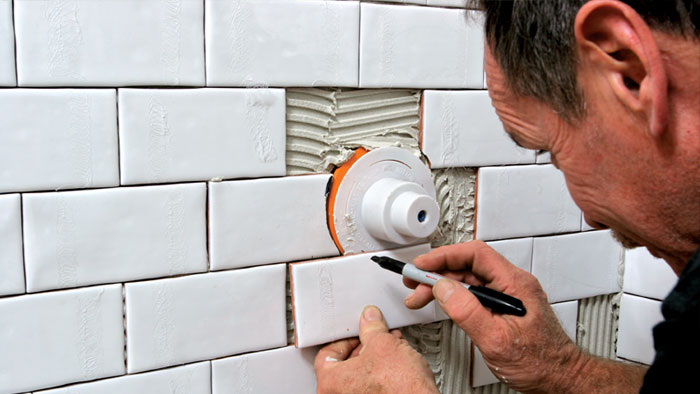
Wet areas such as showers and tub surrounds are the most challenging surfaces to tile. Fortunately, modern waterproofing systems have come a long way, and if installed correctly they can provide years of worry-free performance for a tile shower. The shower pan is where a durable waterproofing system is most critical, and we'll show you how to install preformed pans as well as a traditional mud pan. From there. it's all about setting the tile, and this chapter has two in-depth video series to walk you through the entire process.
-
Grouting, Sealing & Caulking
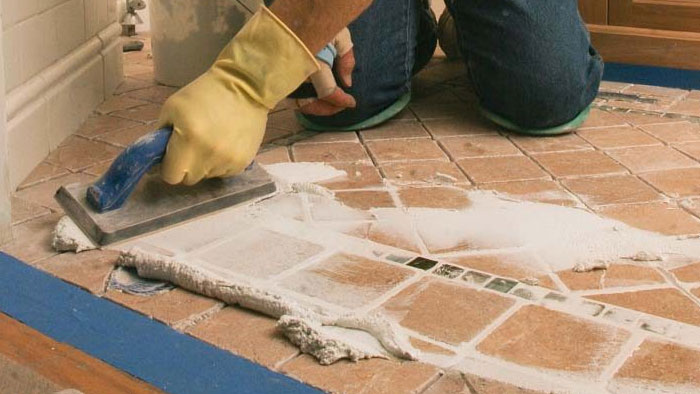
Grouting, caulking, and sealing complete your tile installation. Though these tasks come at the end of the process, they can have a profound effect on the final look of your tile project as well as on its durability and longevity. Grouting especially, can make or break a tile job, and in this chapter you'll learn how to get grout right. While the grouting process is pretty much the same for most types of tile, there are special considerations for grouting some tile varieties, as you'll learn about here.
-
Maintenance & Repair
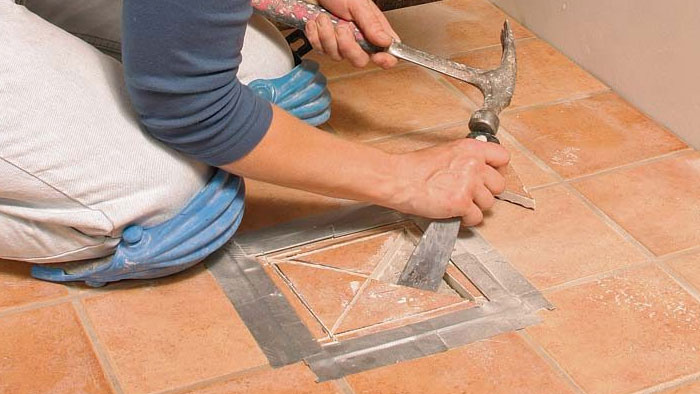
Minimal maintenance is one of the beauties of a tile installation, but as long lasting as tile can be, it isn't impervious to wear and damage. Accidents happen and cracked or broken tiles may need to be repaired. In this final chapter, we'll cover routine maintenance for all kinds of tiled surfaces as well as share methods for deep cleaning older tile and grout to remove stains. We'll also show you how to diagnose tile and grout damage and make quick and painless repairs.
- Home Group
- Antique Trader
- Arts & Crafts Homes
- Bank Note Reporter
- Cabin Life
- Cuisine at Home
- Fine Gardening
- Fine Woodworking
- Green Building Advisor
- Garden Gate
- Horticulture
- Keep Craft Alive
- Log Home Living
- Military Trader/Vehicles
- Numismatic News
- Numismaster
- Old Cars Weekly
- Old House Journal
- Period Homes
- Popular Woodworking
- Script
- ShopNotes
- Sports Collectors Digest
- Threads
- Timber Home Living
- Traditional Building
- Woodsmith
- World Coin News
- Writer's Digest




